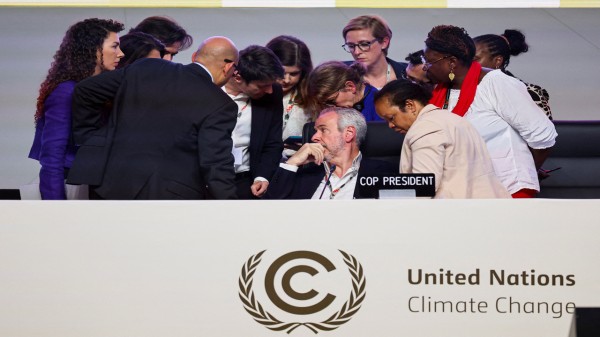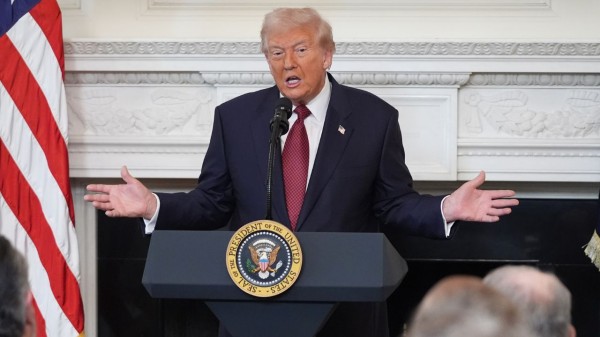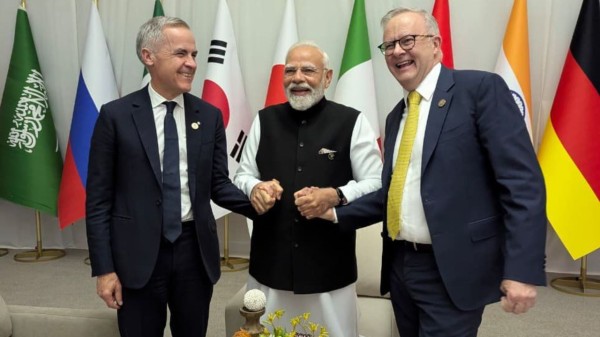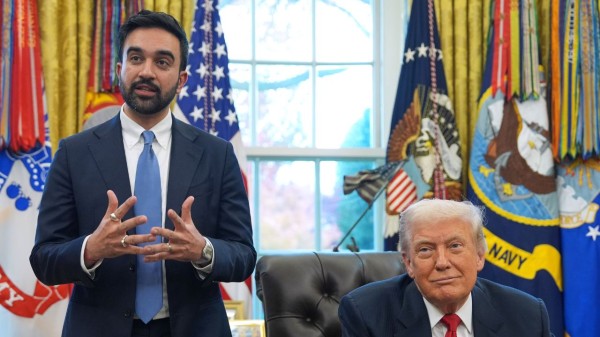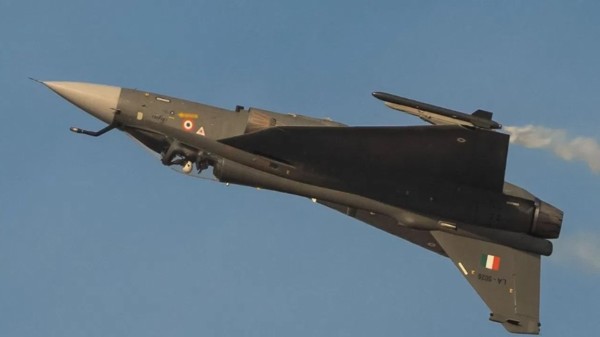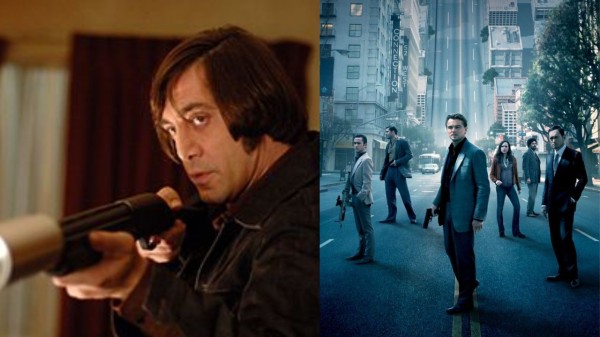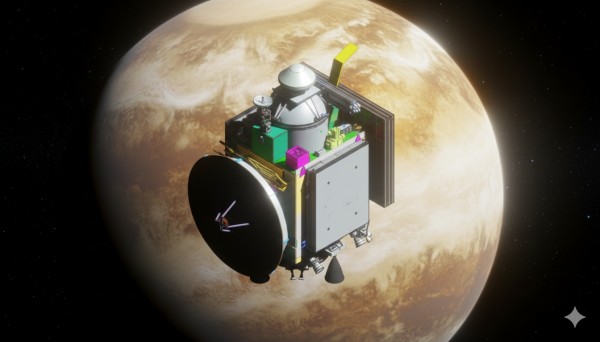

By signing in or creating an account, you agree with Associated Broadcasting Company's Terms & Conditions and Privacy Policy.


By signing in or creating an account, you agree with Associated Broadcasting Company's Terms & Conditions and Privacy Policy.
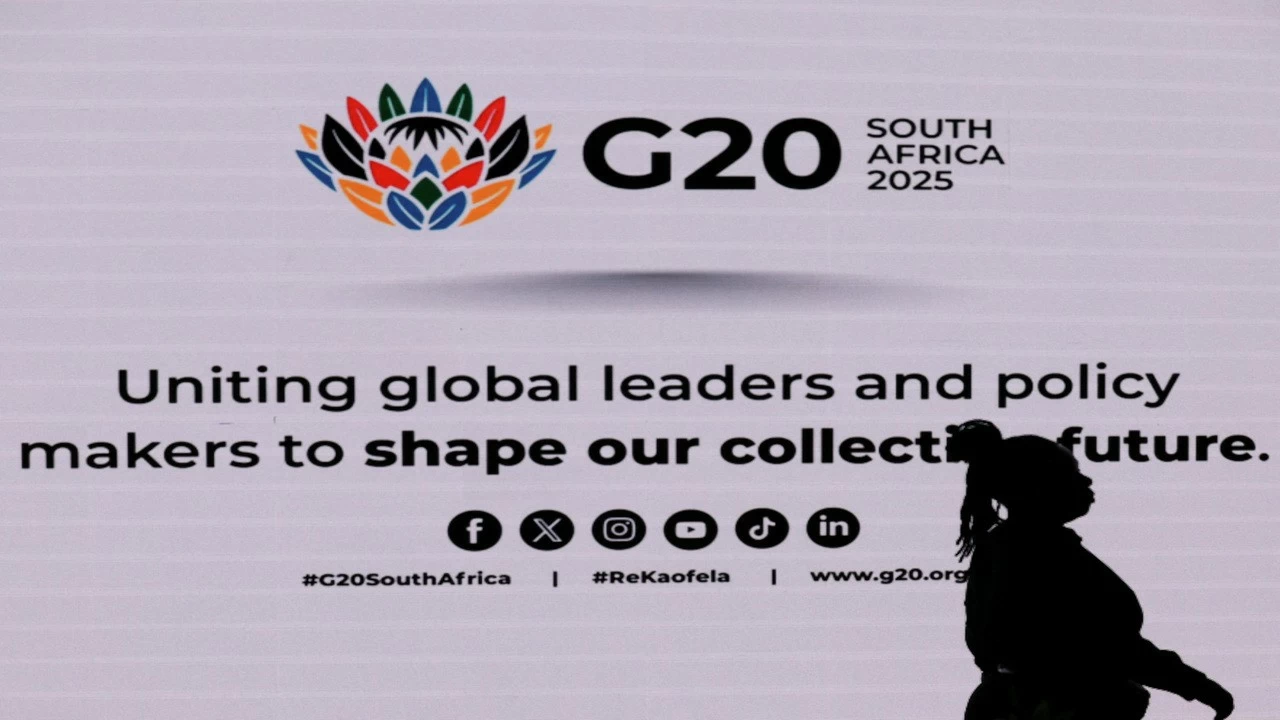
New Delhi: After implementing a peace plan in Gaza, US President Donald Trump has his eyes set on bringing about some resolution to the Russia-Ukraine war. The draft of the Trump plan was leaked earlier this week and was seen to endorse some of Russia’s demands. These include handing over areas of Ukraine’s eastern Donbas region, limiting its military, and relinquishing its ambitions to join Nato.
The prospective plan is currently being discussed by Western leaders at G20, where the consensus currently reads that the US peace plan for Ukraine ‘will require work’. European leaders say Washington’s proposal needs major changes.
These talks by European leaders took place at the sidelines of the G20 summit in Johannesburg, which Donald Trump has boycotted.
Viability of Trump’s Ukraine solution
A joint statement regarding the draft read that it “includes important elements that will be essential for a just and lasting peace” but it is “a basis which will require additional work”. A major point reiterated by the European bloc remains that “borders must not be changed by force”.
They also added that any elements relating to the EU and Nato would need their agreement. Meanwhile they did agree that they “are ready to engage in order to ensure that a future peace is sustainable”. The statement was signed by the leaders of Britain, France, Germany, Italy, Spain, the Netherlands, Ireland, Finland, Norway, and of the EU, as well as the prime ministers of Canada and Japan.
Ukraine and the US are reportedly expected to meet in Switzerland in the coming days to discuss Trump’s peace plan. Speaking to reporters at the summit in Johannesburg, the British prime minister, Keir Starmer, said the leaders were concerned about the US proposals to cap Ukraine’s military “because it’s fundamental that Ukraine has to be able to defend itself if there’s a ceasefire”. Talking of the meeting of European leaders at the sideline of the G20 summit, Starmer said it comprises “mainly allies from the coalition of the willing” and repeated that “the consensus was that there are elements in the 28-point plan which are essential to lasting peace but it requires additional work, and we are going to engage on that”.
Reservations of the Trump plan were seen to abound. This in particular in regards to some of the uncertain language used in many of the deal’s stipulations, which leave things to interpretation.
While the plan promises, for example, “security guarantees,” it does not clearly define in which situations they would be used. Treating future attacks against Ukraine as a threat to the “transatlantic community” is also seen by many as ambiguous, not defining the extent of military intervention and how “significant, deliberate, sustained armed attack” will be defined.
Another major point of contention is that while the plan mentions a Peace Council, even the makeup and functioning of that is left open to speculation. More broadly, France’s president, Emmanuel Macron, called into question the efficacy of the G20. He warned that, “The G20 may be coming to the end of a cycle.” Further adding, “We are living in a moment of geopolitics in which we are struggling to resolve major crises together around this table, including with members who are not present today.”
